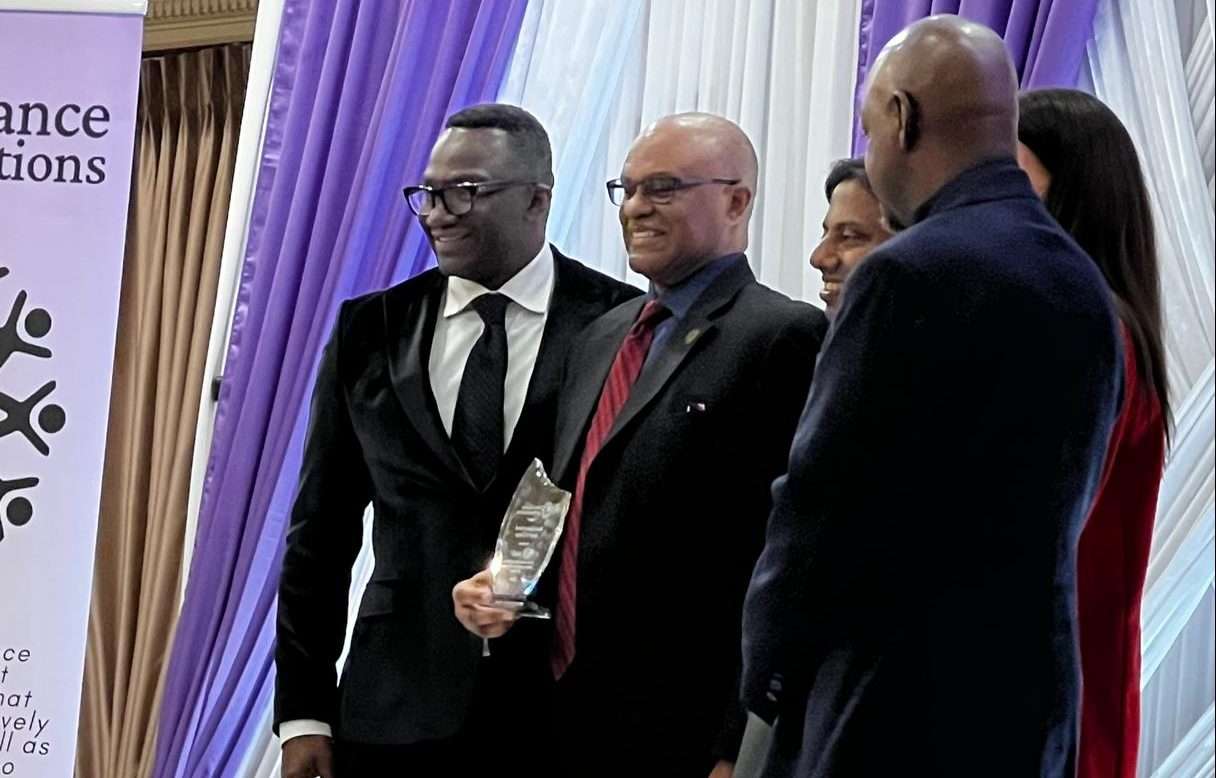BY SIMONE J. SMITH
“I have often reflected upon the new vistas that reading opened to me. I knew right there in prison that reading had changed forever the course of my life. As I see it today, the ability to read awoke inside me some long dormant craving to be mentally alive.” Malcolm X
It was about time for our interview and Tia Hamilton; owner of Urban Reads Bookstore was taking me through her day. She switched on the television, put her breakfast in the microwave, and sat down for a moment to speak with me. Usually in that hour she would spend it catching up on the news, doing her daily mediation, or just taking the time to set up for the day, but today, she had made some time for me.
Her energy was intense as always. It is one of the reasons why I enjoy speaking with Tia. This is my third interview with Tia Hamilton. We originally featured her on our sister station MyTCNTV Network a few years back, and I was instantly captivated by her. She has a relationship with the streets, which inspires her to advocate for people caught up in the system. She has never hidden from her past. If anything, it is her history with the streets that have helped her become the business mogul she currently is.
Writing under the moniker “Mz.Konnoisseur,” Tia Hamilton is the founder of State v. Us, which was nominated in 2018 and 2019 for the Titan Arts Award for Magazine of the Year, and won the 2019 Publisher of the Year (Middle River, MD). State v. US is a unique outlet that highlights high profile cases, wrongful convictions, and speaks up against corruption in the current system. She balances this coverage by showcasing success stories of individuals who have made it out of prison to the streets of success. Her articles share information on how to handle encounters with the law, advice on financial literacy, real estate, legal advice, and Black empowerment.
She has taken on a new venture, one that was inspired by State Vs Us. Urban Reads Bookstore, located at 3008 Greenmount Ave. Baltimore, MD, has become a source of inspiration for the community. Open Tuesday-Saturday from 11:00 am – 6:00 pm, it has become the spot where people can come, relate, commune, and learn from each other. Urban Reads is not just another bookstore; it was designed with a purpose, one that is focused on the upliftment, and betterment of the African American community.
Not straying far from her original purpose, Tia realizes that books are precious materials within prisons, which are environments of isolation and deprivation. The ability to source books inside these facilities is scarce. A library, if it even exists, is minimally stocked and inaccessible — a condition that was exacerbated during the pandemic. Yet, the stories that are written behind those walls tell us everything that we need to know about the human condition.
Tia thought about that. She thought about all those stories that were going untold. She wants to share the often-tragic stories of African-American men trapped in the gritty realities of urban culture, and the women who love them and become victims of vicious cycles. It is real life stories like this that captivate the Black community. With the success of street literature, many African-American authors have been transformed from street-savvy hustlers to literary inspirations and millionaires. Tia knows the importance of using life experiences to fuel your passion and words.
“Other bookstores would not put my magazine on their shelves, so I just bought a store,” Tia tells me. “I opened up in December 2019, and the reception from the community has been beautiful. I wanted to provide a space for the creative, the Black storytellers, give them a space where they can share their stories, and not have to worry about if their stories would be censored, or banned.”
I learned that banning books like Malcolm X is part of a widespread pattern of censorship by prisons that selectively and intentionally target books by Black authors containing criticism of the treatment of Black people in the United States. Recent bans have included Michelle Alexander’s “The New Jim Crow: Mass Incarceration in the Age of Colour blindness” by prisons in Florida, Michigan, New Jersey, and North Carolina; a ban on Paul Butler’s “Chokehold: Policing Black Men” by the Arizona Department of Corrections; and bans by the North Carolina Department of Public Safety on “The Bluest Eye” by Toni Morrison and “I Am Not Your Negro” by James Baldwin.
I was curious about how difficult it was opening a bookstore, especially at the very start of the pandemic.
“Finding a location was easy,” Tia tells me. “I bought all these books, all genres except I have to get more books featuring Hispanic American writers. We have a lot of nonfiction, novels, and children’s book.”
“Imitation is the highest form of flattery.”
Tia shares with me that with every great business idea come the imitators.
“What I am doing, it can be duplicated, but it won’t have the energy and drive behind it.
We have the imitators that have tried to do what I do, but it can’t be done. It is not just about having a bookstore; it is what you can do for the community with the bookstore.
We have a literacy camp coming this summer. My goal is to get them while they are young. We teach the youth how to read or write. We have to get them before they turn 18. Illiteracy is a significant contributor to the school-to-prison pipeline. The school-to-prison pipeline was not built in a day, so it is not easy, but we have to get it done.”
In a 2017 survey, it was found that across the U.S., 43% of adults read at a grade 8 level or lower. Broken down, 29% can only read at an eighth-grade level, and 14% can only grasp material at a fifth-grade level or lower. Adult illiteracy begins in early childhood, which suggests that young children who lack access to adequate early literacy experiences either at home or in a childcare/preschool setting are often set on a troubling path.
I also found out that the vast majority of young people who come into contact with the juvenile justice system are functionally illiterate. Data from the Prison Policy Initiative reinforces the connection between illiteracy and incarceration by indicating that imprisoned people are far more likely to struggle with basic reading, writing, and computation skills.
During our interview, Tia showed the famous Urban Reads Wall. On the wall are our heroes including: Malcolm X, the Honourable Marcus Garvey, and Reverend Martin Luther King Jr. On the Urban Reads Instagram page and Facebook page are pictures of children, parents, community leaders and patrons who proudly show their purchases.
“Everyone who comes in to buy a book takes a picture by the wall,” Tia states proudly. “This is only the beginning for us. I want a mobile bus that goes through the hood, playing hip-hop. It will be The Bookstore on Wheels, and I am giving incarcerated and formerly incarcerated people a chance to be part of it.”
It takes one person, and in this case, one woman to break the mould and set a new course for our future generation.


 Community News6 days ago
Community News6 days ago
 Community News6 days ago
Community News6 days ago
 Community News6 days ago
Community News6 days ago
 Community News2 weeks ago
Community News2 weeks ago
 Community News2 weeks ago
Community News2 weeks ago
 Community News6 days ago
Community News6 days ago
 Community News6 days ago
Community News6 days ago
 Community News6 days ago
Community News6 days ago






























